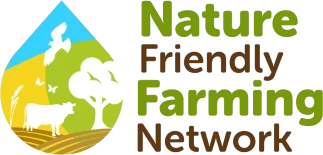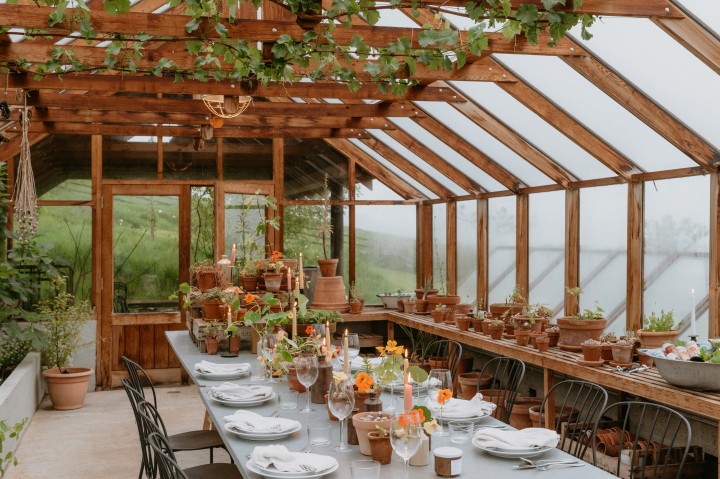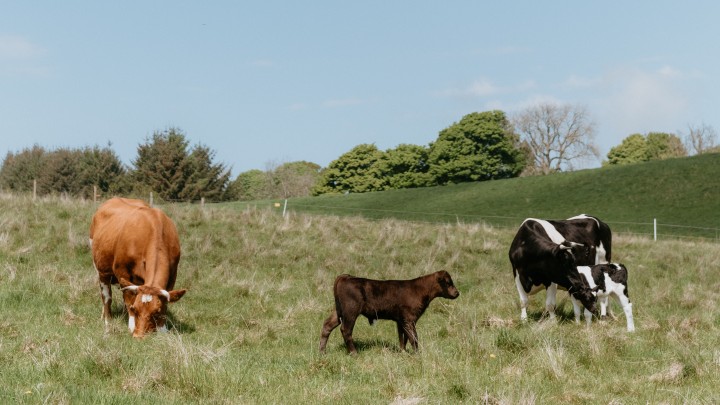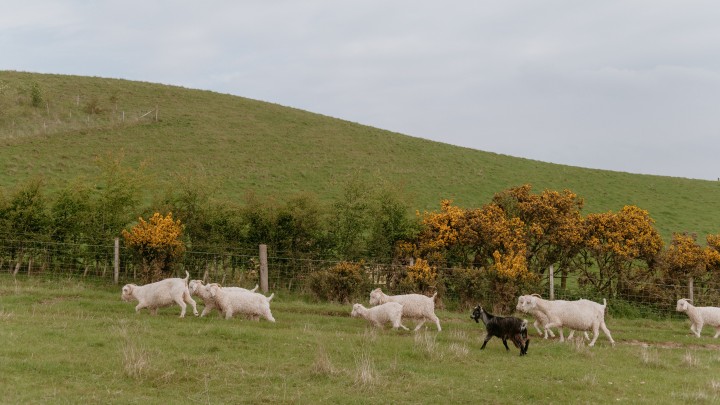Guardswell Farm packs an incredible diversity of products and services into its 200 acres, from a wedding venue and accommodation to market gardening and nature-friendly livestock farming. Anna Lamotte describes the evolution of the project and how everything aligns with her environmental ethos.
Situated on a Perthshire hilltop, the 200 acres of Guardswell Farm are a classic example of ‘mixed farming’. It’s a place where everything from tying the knot to buying nature-friendly farmed meat is possible, all overseen by Anna Lamotte.
Anna’s grandfather was something of a farming pioneer, selling his dairy cattle and turning to herb cultivation to meet rising consumer demand. It proved a huge success, employing 150 staff and supplying supermarkets across Scotland at its peak. Anna quickly took an interest, and by her teenage years was involved in the business’ social media, engaging local schools and organising its participation in schemes like Open Farm Sunday.
After studying marine biology at university and attending cookery school, Anna’s plans changed dramatically when her family bought Guardswell, just a few miles from the herb farm and situated between Perth and Dundee. Her hope of a career centered on food, growing and sustainability soon evolved into an ambitious tourism and leisure venture.
“I was going to have a food truck, which would have been a shed on a transporter trailer,” Anna recalls. “I then thought it would make more sense to put the shed at Guardswell and have a place where people could come for digital-free retreats, just immersing themselves in nature with no WiFi or TV.
“The whole thing then just grew arms and legs. The big barn in the middle of the farm, called a steading, was falling down and the doorway was too narrow to get a modern tractor in. We decided we would need to convert part of that into showers and loos for our visitors, and then we thought about converting the cow shed into a place to run cookery classes.”





